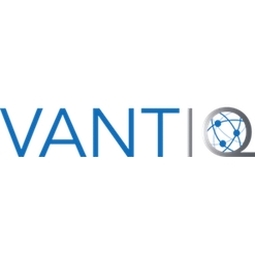Case Studies
-
(2)
- (2)
-
(1)
- (1)
- (1)
-
(1)
- (1)
-
(1)
- (1)
ANDOR
- (1)
- (1)
- (1)
- (1)
- (1)
- View all 6 Industries
ANDOR
- (1)
- (1)
- (1)
- (1)
ANDOR
- (3)
- (1)
- (1)
- (1)
ANDOR
- (3)
- (1)
- (1)
ANDOR
- (3)
ANDOR
Please feel encouraged to schedule a call with us:
Schedule a Call
Or directly send us an email:
Compare
|
|

|
SoftBank, a leading global telecommunications company, was seeking innovative ways to expand their business and better serve their customers. With the proliferation of IoT sensors and connected devices across virtually all industries, SoftBank recognized the need for a platform to develop real-time applications to leverage these technologies and address everyday city life challenges. They aimed to create a testing ground for developing, deploying, and integrating real-time applications for various city functions such as food delivery, security monitoring, personalized billboards, automated cleaning, public transportation, and more. This led to the creation of Port City Takeshiba, a real-life sandbox in the heart of Tokyo, Japan. However, orchestrating all these different city systems and providing a seamless experience for both employees and visitors to Takeshiba required a reliable way to develop and deploy real-time smart city applications.
|
Download PDF
|
|
|

|
In the modern digital era, enterprises and military organizations are facing the challenge of integrating and orchestrating vast amounts of data from various sources such as sensors, computer vision, wearable devices, and other streaming data sources. This data, if properly harnessed, can create situational awareness, improve decision-making, and enable intelligent automation. However, the challenges of interoperability, resiliency, and complexity often hinder the effective utilization of this data. Furthermore, the use of Generative AI and IoT devices often results in data that only ends up on a dashboard, which according to McKinsey, is a sign of failure. The challenge, therefore, is to turn this data into actionable insights that can trigger comprehensive business processes and workflows.
|
Download PDF
|
|
|

|
Mitsuiwa, a company that handles over 1,000 customer requests monthly, was facing a significant challenge in dispatching Customer Engineers (CEs) to respond to incidents and computer breakdown requests. The traditional process involved an operator receiving a request, referring to the personnel’s skills and schedule, and then contacting multiple individuals by phone or email to find a match. This process took an average of 30 minutes per case. Moreover, the personnel were often unavailable to take calls while working at the customer’s location or on the move, leading to repeated contact attempts, increased frustration for CEs, and longer response times for customers. Compounding these issues was a national decrease in the working population, making it difficult to hire more operators and maintenance personnel to respond to issues quickly.
|
Download PDF
|
